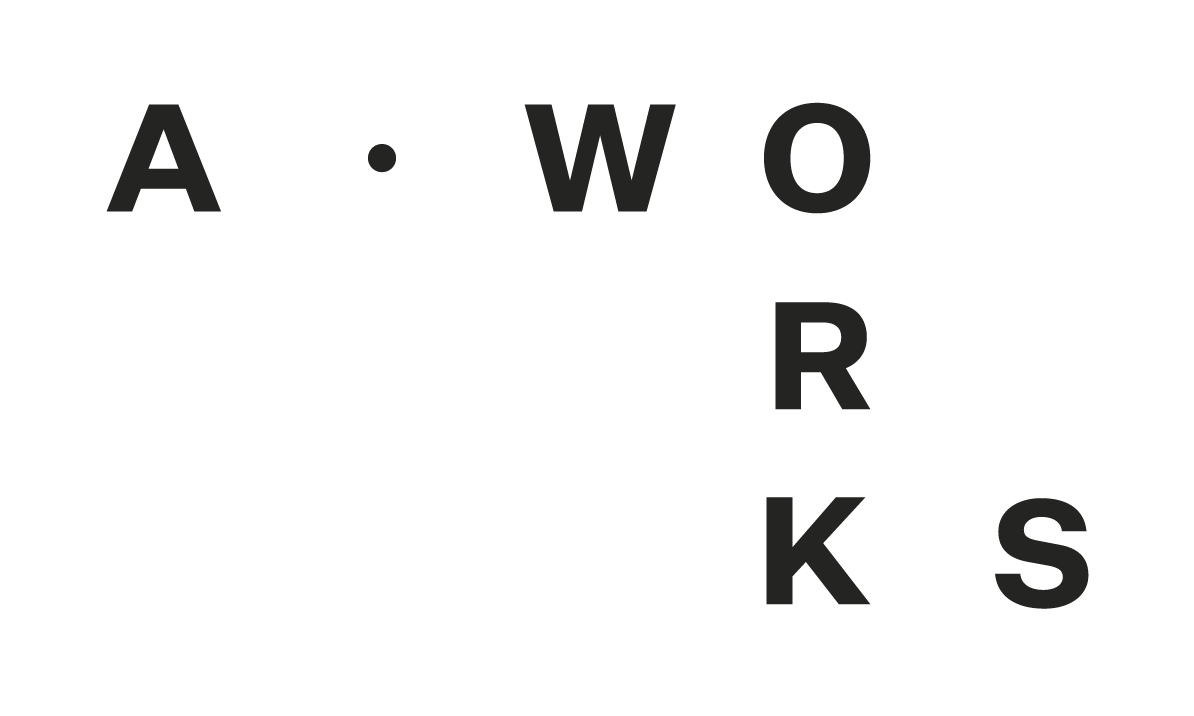How to maintain your whiteboard.
Whiteboards are one of those things that, no matter what the manufacturer promises, get dirty.
This is because no matter how good the surface, whiteboard markers can leave a residue.
Interestingly, there is very little difference between a permanent marker and a whiteboard marker, except that a whiteboard marker uses a release agent that causes the pigment to effectively float above the surface.
This release agent can be affected by a number of factors, from the quality of the marker (this is why we supply Staedtler markers), to quantity of ink in the marker, to the speed of application (or removal), or the introduction of water or another liquid to the surface or marker.
It's important to note here that DRY Erase markers is a common term for whiteboard markers. This is because all whiteboard (or DRY Erase) markers need to be applied to a DRY surface and then removed with a DRY cloth or eraser. The introduction of liquid will cause the pigment in the marker to bypass the release agent and stick to the surface.
You might also notice that, although it starts out wet, whiteboard markers dry quickly. Wait for the marker to dry before you try to wipe it off. I know you don't want that spelling mistake to be up there any longer than it needs to be, but give it 10 more seconds and save yourself a smudge.
Another element that can affect the release agent in whiteboard markers is time. Although the higher the quality of the surface and the pen (again this is why we sell Staedtler markers), the longer you have, enough time with the marker on the surface will still cause the release agent to dissipate and the pigment to settle on the board to varying degrees.
Another cause of smudging or build up on your whiteboard surface can come from build up on your eraser. Once you've used your eraser enough, the build up of pigment can mean you end up putting more pigment back down onto the board, and crucially, this time it will be missing it’s release agent.
Our work erasers made from a single recycled and recyclable material have been developed as a rubber, not the full clean.
Our Work Eraser or a clean dry cloth are the best way to remove whiteboard marker.
These are recycled and recyclable.
So, that’s all well and good, but you didn't know any of the above, and now you have a whiteboard with smudges or ghosting. This is where the quality of your whiteboard surface is the most important. Because the better the quality the better it will stand up to a good periodic clean.
There are some citrus cleaners on the market that will do ok for a light clean, but we find they introduce too much water, and if applied to marker on the surface, they cause more issues then they solve.
We recommend a periodic clean with an iso alcohol based cleaner like Magix whiteboard cleaner and a clean cloth. This is more effective because it is similar to what’s used in the markers themselves to suspend the pigment. Meaning it thins out the marker and lifts it onto the cloth. It also evaporates off the surface quickly meaning you can get back to your whiteboard session quickly without the risk of liquid on the surface
Finally, if things are really not looking good (who knows what those developers have been doing to these whiteboards to get them like this), you can move to a graffiti remover like our SafeWipes. These specially formulated wipes will pull any marker out of any surface and whiteboards are no exception. Simply take the wipe out of it’s packet and wipe the whiteboard until no more marker or smudging is visible. This leaves a residue so you will need to then wipe the surface and a dry cloth and then with the supplied AfterWipes.
Our high quality whiteboard surfaces will allow for easy erasing of any quality whiteboard marker, but crucially, will also stand up to a good cleaning session when the time comes. Because no matter if it’s glass, porcelain, enamel or plastic, all whiteboards will need to be cleaned at some point and now you know how.

